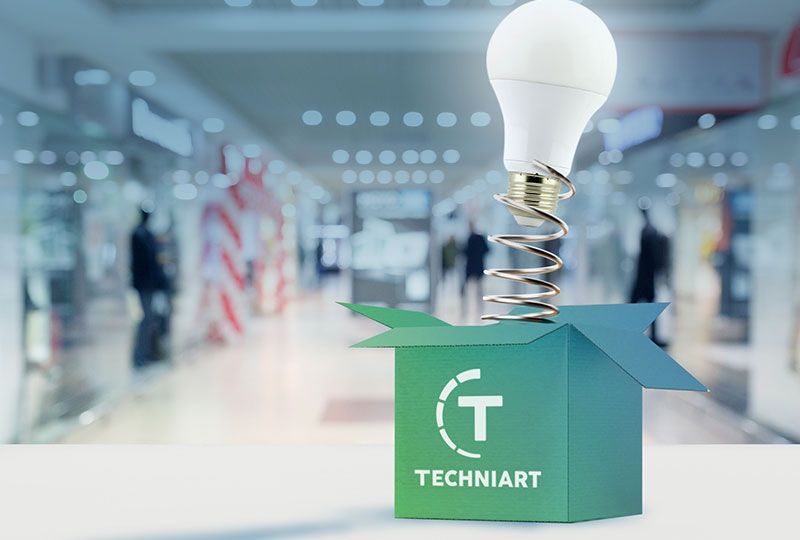
Pop-Up Retail
What do Apple, Macy’s, WayFair, Google, and TechniArt have in common? Outside the fact that these companies are cool, trendy, and the most innovative in their spaces, they all offer pop-up retail.
Why “pop-up” in the first place
Pop-up retail is an experiential retail strategy that blends an unexpected, positive customer experience with unique or discounted products to drive impulse purchase. It’s been around forever, since vendors in the first markets and bazaars would open shop at a moment’s notice to sell their wares. And it’s not going away any time soon.
It’s alive and well in the experience economy
Pop-up retail thrives as a part of the growing experience economy where consumers are increasingly paying for experiences. Yes, at the end of the day pop-up retail is only successful if the customer buys something, same as with a traditional storefront. There is, however, an experience aspect that makes pop-up retail more relevant than traditional retail.
In a store, the experience is transactional. You go into a store to buy a shirt, buy a shirt, leave the store, and go home. Through pop-up, the experience is relational and often worth sharing, something that has become a cultural norm. For example, you walk to work, come across a crowd, stop to see what’s up, make a purchase, and then share it via text or tweet with your friends and followers. Consumers have become so conditioned to sharing their experiences that the more positive, personalized, and intimate their experience is, the stronger attachment they will have towards that brand.
A key component of omnichannel strategy
There’s something to the pop-up retail logic where major retailers, including pure e-commerce retailers, are deploying pop-up retail to either introduce new products or services or acquire new customers in new or key markets. The result for retailers, whether they are a traditional brick & mortar or exclusively e-commerce, is an omnichannel experience for consumers, which is vital for succeeding in the experience economy.
Omnichannel retail strategy basically means being ever-present in your customers minds. This is done by symbiotically selling through coordinated digital (email, social, search), traditional media, and in-person strategies. If you add the unexpected in (pop-up) you achieve the ideal retail scenario: the ability to acquire captive customers in-person and then crossover your engagement from off-line to online, which builds trust and loyalty. A joint focus on sales and customer experience makes this experiential tactic one that’s not going away soon AND a big reason it’s been around since the first days of trade.
What we are all about
At TechniArt, we have been popping up since the late 1990’s to support energy efficiency programs and utilities in reaching and engaging their customers on their own terms, where they work and play, and often, least expect it. It provides programs with a means for the direct, one-on-one customer contact that essential for driving adoption of new technology and raising awareness on new initiatives, pilots, and concepts while also providing a different experience for customers.
Yes. We used to be the guys and gals in the malls sell light bulbs. And yes, we still plan to be the guys and gals in the malls, at corporate events, high-traffic public events, transportation hubs, and basically anywhere we can get people’s attention away from their phones, to drive participation in energy efficiency, DR, and DER programs. There’s an awful lot pop-up can help with, such as:
- Selling connected products DR programs and capturing enrollments
- Collecting customer feedback and providing insights instantaneously (instead of waiting for month-long lab grown customer research)
- Generating leads for early replacement HVAC and DHW
- Starting dialogs with building tenants on commercial program solutions, such as SEM or RTEM
- Explaining new concepts like beneficial electrification, why it matters, and where to start
While thinking about the future of your programs and portfolios, invest in a proven program delivery and customer engagement strategy that has been around longer than indoor plumbing. Let us help you design and roll out an analog solution to compliment your growing digital ones that gets results and keeps your customers pumped.

